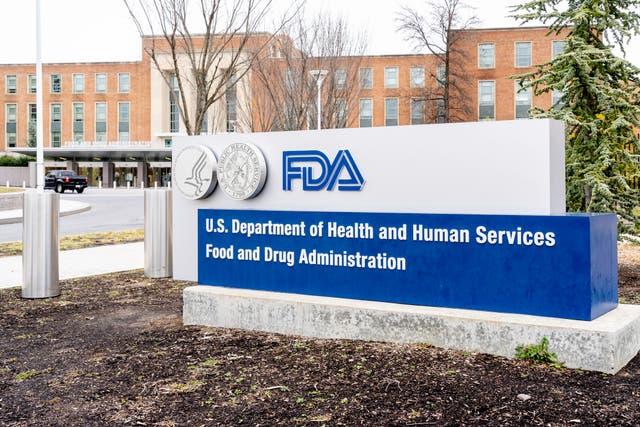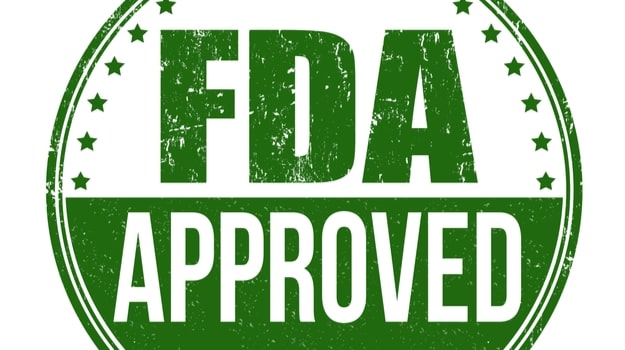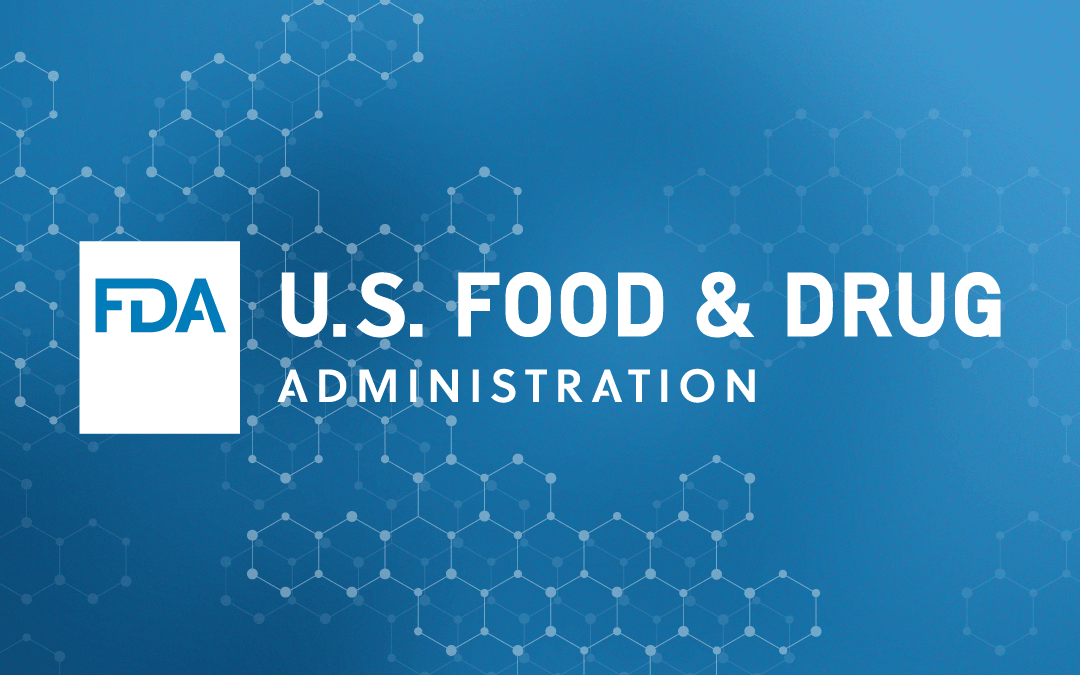The Food and Drug Administration (FDA or the Agency), the US regulating authority in the sphere of medical devices, has published a guidance document dedicated to the specific criteria applied by the Agency when determining whether a 510(k) Premarket Notification submitted by an interested party (a sponsor) meets the basic regulatory requirements and is subject to further review.

Due to its legal nature, the document does not introduce rules to be followed by the parties involved but provides additional clarification and recommendations to be considered with regard to the current legislation.
The Agency additionally mentions that an alternative approach could be applied, provided such an approach complies with the respective regulatory requirements and has been approved by the authority in advance. Comments and suggestions on further improvement of the applicable framework, submitted by interested parties, will also be considered by the FDA when developing a new revision of the guidance.
Regulatory Background
As mentioned before, the present FDA guidance describes in detail the approach to be applied by the Agency in assessing whether a premarket notification (510(k)) submission meets a minimum threshold of acceptability and should be accepted for substantive review. The document also describes aspects related to the timelines of such an assessment. By using the approach addressed herein, the FDA intends to encourage the overall improvement of submission quality in order to be able to focus on complete submissions, which will make the regulatory procedures associated with premarket notification (510(k)) submissions more effective.
The approach covered by the guidance also refers to the 510(k) Refuse to Accept (RTA) policy, under which the regulating authority shall assess the conformity of the submission with the applicable acceptance criteria and notify the interested party that the submission is:
- Complete, and thus could be subject to further review under the general procedure, or
- Incomplete and should be improved (the particular missing elements should be indicated).
According to the document, such a response should be provided by the FDA within 15 calendar days from the date the initial submission has been received. In order to provide medical device manufacturers and other parties interested in placing medical devices on the US market with additional clarification, the FDA has also developed detailed checklists highlighting the most important elements of a submission.
The approach described in the guidance could be applied for any and all medical devices subject to review under the 510(k) notification framework, while the aforementioned checklists provided by the FDA are similar to the ones used by the specialists of the Agency when assessing compliance with the acceptability criteria.
The authority additionally emphasizes the importance of distinguishing the completeness of the submission and the quality of the data supplementing the submission. According to the document, the assessment of the completeness of the 510(k) occurs during the acceptance review, while the assessment of the quality of the submitted information occurs during the substantive review. Consequently, the determination of whether the submission meets the acceptance criteria would be based on the aspects described herein and not on the quality of the information supplementing the submission.
The document also contains references to the FDA guidelines dedicated to the Q-submission policy, which should also be considered by the interested party.

Refuse to Accept Policies and Procedures
According to the present guidance, any and all 510(k) premarket notification submissions are subject to preliminary review with regard to the compliance with criteria outlined in the Acceptance Checklist provided by the FDA. Under the general rule, all mandatory elements prescribed by the applicable regulatory requirements should be in place unless the applicant provides sufficient justification confirming that the requirement to provide the particular element could be waived. As mentioned before, such a preliminary review takes up to 15 calendar days. The authority also mentions that the review will commence only upon paying the applicable fee and submission of a validated eCopy .
The particular set of admissibility criteria to be applied depends on the type of the 510(k) submission subject to review. The scope of the review covers only the initial submission, not the additional documentation provided by the applicant thereafter. The 510(k) acceptance review is intended to evaluate the administrative completeness of the submission. Thus, should at least one mandatory element be found missing, the submission will be rejected.
At the same time, the FDA is also entitled to determine the importance of elements on a case-by-case basis. Should the FDA determine the submission as incomplete, it will duly inform the applicant about the decision taken and provide detailed reasoning. Upon receipt of such a response, the applicant may provide additional information and documentation requested by the authority without the need to file a new submission or pay the appropriate fees again. The authority emphasizes that the applicant will have up to 180 days to provide the response. Should it fail to provide the documentation requested within the aforementioned term, the submission will be deemed withdrawn. Once the new information has been received, it will take the same 15 calendar days for the FDA to complete the review and provide its feedback.
Once the FDA accepts the submission, the applicant will be notified, and the substantive review will commence.

Refuse to Accept Principles
The present FDA guidance also outlines the main principles to be applied with regard to the admissibility review of the 510(k) premarket notification submissions. In particular, the FDA emphasizes the following:
1. Acceptance should not be based on a substantive review of the information provided in the 510(k) notification.
2. In assessing whether a 510(k) notification should be accepted, submitted information is not evaluated for adequacy to support a finding of substantial equivalence.
3. The evaluation of the quality of the content and the substantial equivalence decision-making process occurs within the substantive review once the file has been accepted.
4. The submitter may provide a rationale for any deviation from a device-specific or cross-cutting guidance document or FDA-recognised standard.
In summary, the FDA guidance on Refuse to Accept policy outlines formal criteria applied by the regulating authority when evaluating the admissibility of a 510(k) premarket notification. The document describes the main rules and requirements, as well as the principles the regulatory approach is based on. It also provides checklists to be used by medical device manufacturers and other parties involved to conduct a self-assessment of their submissions before filing them to the authority for review.
How Can RegDesk Help?
RegDesk is a next-generation web-based software for medical device and IVD companies. Our cutting-edge platform uses machine learning to provide regulatory intelligence, application preparation, submission, and approvals management globally. Our clients also have access to our network of over 4000 compliance experts worldwide to obtain verification on critical questions. Applications that normally take 6 months to prepare can now be prepared within 6 days using RegDesk Dash(TM). Global expansion has never been this simple.
Sources:

